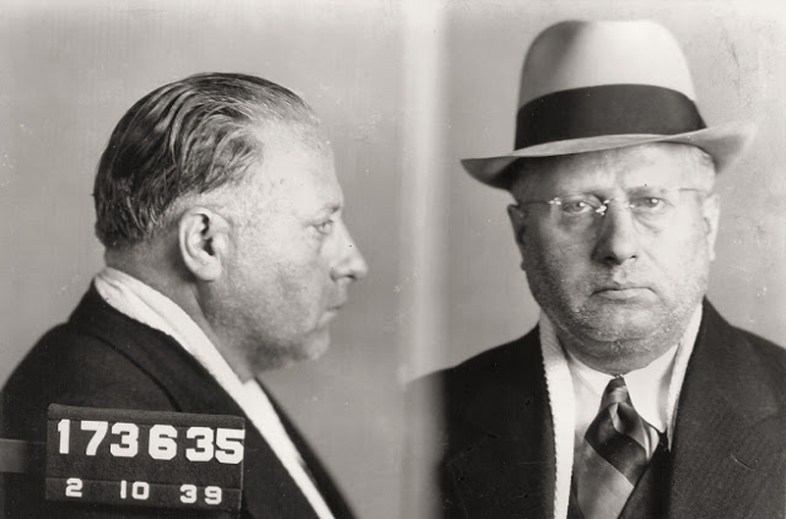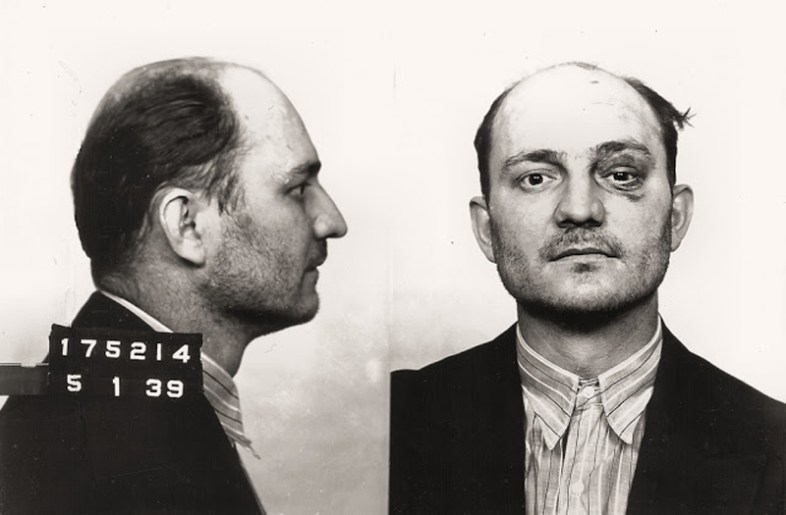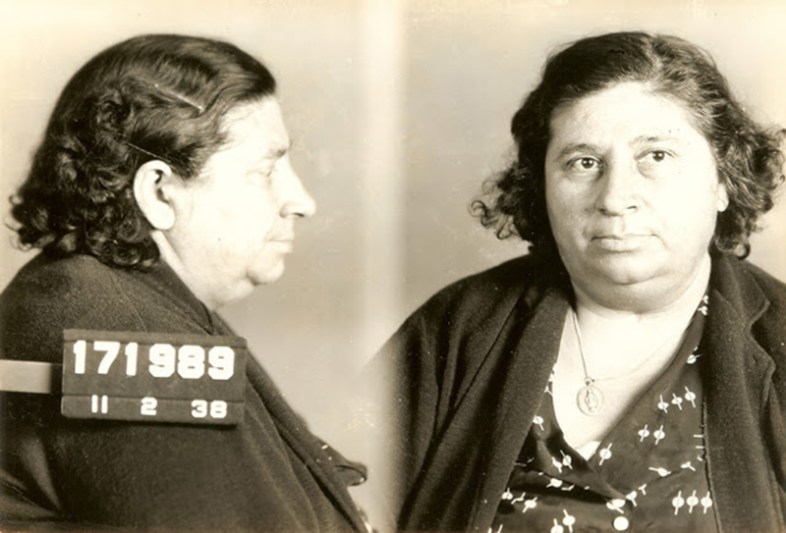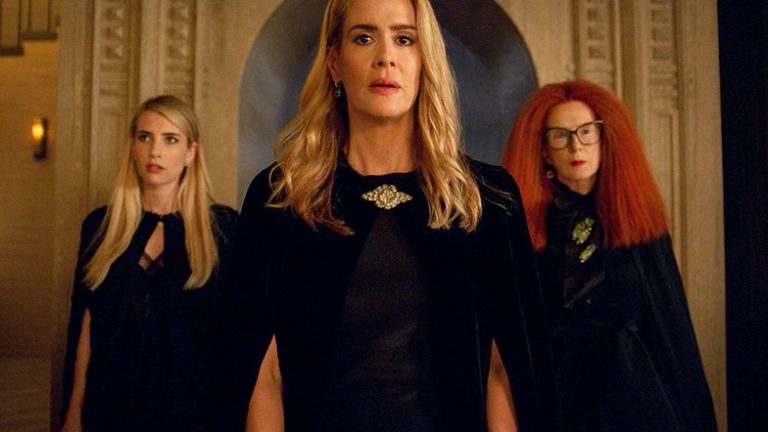Witch’s Brew: How The ‘Philadelphia Poison Ring’ Exploited Unhappy Wives And Killed 100+ People
For a few years in the midst of the Great Depression, a criminal syndicate operated out of Philadelphia that combined a toxic mix of black magic, fatal arsenic poisonings, insurance scams, and unhappy marriages.
By ![]() Jim Goad
Jim Goad

For a few years in the midst of the Great Depression, a criminal syndicate operated out of Philadelphia that combined a toxic mix of black magic, fatal arsenic poisonings, insurance scams, and unhappy marriages. When the perpetrators were arrested and the corpses were finally counted, officials estimate that the “Philadelphia Poison Ring” was responsible for the deaths of anywhere from 50 to 1,000 people.
Most of the victims were the husbands of unhappy wives. Most of them died by arsenic poisoning. Others, though, died more violently—provided that their insurance policies offered an extra payout for a violent death.
THE PETRILLO COUSINS: ITALIAN IMMIGRANTS WHO WERE THE ORIGINAL RINGLEADERS

It’s massively ironic that the word “Philadelphia” means “City of Brotherly Love” in Greek. Anyone who’s spent time in that rusting, decaying, gruff, and irreverent town is acutely aware that it is a uniquely hostile place. After all, this is where football fans threw snowballs at Santa Claus. There’s a reason it’s earned the nicknames “Filthadelphia” and “Killadelphia.”
The Great Depression devastated the American economy, leading to a 15% nationwide unemployment rate. In Philadelphia, though, the rate was 25%; money and food were especially scarce.
Cities in the Northeast such as Philly were always a huge safe harbor for the hordes of Italians who sailed to America’s shores in the early 1900s. They were seeking a better life; members of the Irish working class, though, sensed that big business was shipping poor Italians in as strike-breaking scabs to bust a burgeoning labor movement. Tensions were high between the two groups, which is why Italians and Irish people clustered separately in their own ghettos. As fate would have it, the diligent efforts of an Irish prosecutor named Vincent McDevitt would bring down the predominately Italian poison ring.
Cousins Paul and Herman Petrillo immigrated from Italy to the United States around the time of World War I. Herman was a spaghetti salesman; Paul was a tailor. As the Great Depression slowly choked the life out of their livelihoods, they scrambled for other ways to eke out a living.
Starting in 1932 and ending with their arrests in 1938, the Petrillo cousins preyed upon the emotional vulnerabilities of lonely, dissatisfied, and abused housewives in the Philadelphia area, eventually expanding their operation to include New York, New Jersey, and Delaware. They also exploited black-magic superstitions—such as the belief in “the evil eye” and “love potions”—that were common among the Italian immigrant community. Rather than being satisfied with the fees they earned from selling their “spiritual advice” and fatal elixirs, the Petrillos and their increasing number of accomplices maximized profits by taking out insurance policies on the men they were about to kill, sometimes reaping a far bigger profit than the widows themselves.
The “spiritual counselors” would supply the women with a “love potion,” explaining that it would “cure” their husband if he was good but might kill him if he was irredeemable. There was a legal reason for giving them this warning—the widow would be criminally liable for murder after having received such a warning, so it bought the silence of many women.

An average dose of this arsenic-spiked “love potion” cost $300—which is about $5,500 in modern dollars. So even in the midst of a harrowing depression, there were women who were SO unhappily married that they could scrape together that kind of cash in the service of dispatching their husbands. At least twelve such widows were eventually arrested and tried for their involvement in the scam.
If the wife was initially resistant to the idea of murdering her husband, often the Petrillos would try to seduce her and win her confidence.
As the ring’s power and influence grew, they recruited a group of female “witches” who provided similar services to unhappy husbands. A man named Dominick Cassetti sought help from a syndicate witch named Providenza Miccluchi, whom he says enticed him down to a candle-lit basement with skulls lining the walls. She told him to feed some of her white “charm powder” to his wife. He did. And she died. And he was eventually convicted of murder.
For years, the whole sick scam worked—that is, until the law caught up with the Petrillos and they both fried in the electric chair in 1941.
WHEN IT ALL STARTED FALLING APART
In June of 1938, a man named George Myer was recently released from jail and needed $25 to start a cleaning business. He approached Herman Petrillo for a loan. In turn, Petrillo offered Myer either $600 cash or $2,500 in counterfeit dollars if he agreed to kill a man named Ferdinand Alfonsi by either clubbing him in the head with a lead pipe or throwing him down a flight of stairs. Mr. Alfonsi, you see, had one of those insurance policies that offered a bigger cash payout if the insured died a violent death.
Myer refused to kill Alfonsi and backed out of the entire scheme. He contacted the Philadelphia police, who dismissed him as delusional. Then he reached out to the US Secret Service branch in Philadelphia, and it turned out they were already investigating Herman Petrillo for counterfeiting and bootlegging.
An undercover federal agent met with Herman Petrillo and agreed to kill Alfonsi. They discussed several violent methods such as drowning him, hitting him with a car, or beating him to death with a sandbag. Since the feds’ main objective was to nail Petrillo for counterfeiting, the agent attempted to buy counterfeit money from him. Petrillo stalled him for weeks, then informed the agent that his services would not be necessary since “[Mr. Alfonsi] must have nine lives because we gave him enough arsenic to kill six men.”
On September 27, 1938, they arrested Herman Petrillo and charged him with attempted murder. Their case became much stronger a month later when Alfonsi died of arsenic poisoning and it was revealed that his wife earned $8,250 in insurance payouts—over $150,000 in modern dollars. It turns out that Alfonsi, who could not read English, had applied for several life insurance policies, but his wife lied and told him he’d been rejected each time.
Still, it’s difficult to convict someone in poisoning cases unless you can actually prove they administered the poison. What sealed Herman Petrillo’s fate—and that of the Philadelphia Poison Ring—was the testimony of his nephew, John Cacopardo, a 28-year-old who was serving a life sentence in New York’s Sing Sing prison for murdering his girlfriend. Capocardo claimed that his uncle had framed him for the murder because he had intimate knowledge of the poison ring’s workings but refused to join. He compared the ring to “a social fellowship group, like a sewing circle or bingo club.”
Armed with Capocardo’s testimony and that of others, the FBI was able to arrest not only the Petrillos, but a total of 25 ring members. They also updated their estimate of the total murder victims from around a dozen to “somewhere between 30 and 70.” They also ordered the exhumation of at least a dozen corpses to test for arsenic poisoning.

The only non-Italian major player in the ring was Morris “The Rabbi” Bolber, a Jewish spiritualist from Russia who claimed to be a master of the black arts and helped arrange much of the scam’s quasi-mystical trappings. Although he originally fled justice when the jig was up, he eventually surrendered and offered to turn state’s evidence in exchange for a life sentence rather than the death penalty. Detectives played upon Bolber’s vanity, wining and dining and flattering him while he spilled countless incriminating secrets.
The other major player who snitched on the ring was Mrs. Carina Favato, who collected over $28,000 in life insurance payouts—the equivalent of over a half-million dollars in 2019—by poisoning her husband, his brother, and a third man because she was sexually attracted to young Rafaelo Polselli, an errand boy for the arsenic ring.

On trial for murder, Favato shocked the courtroom by suddenly declaring her guilt:
I might as well get this over with. Let them send me to the chair. What have I got to live for?
After a jailhouse suicide attempt where she jabbed one of her arteries with a safety pin, Favato—colloquially known as the “Philadelphia Witch”—told jailers that there was no use locking her cell doors, because “the witches” were coming and were going to kill her anyway.
Most of the Philadelphia Poison Ring cases were tried in 1939 and 1940. Both Petrillo cousins received the death penalty and were executed in 1941. Because of their testimony against the Petrillos, both Morris Bolber and Carina Favato received life sentences. Twenty-five cases were tried, with 22 convictions.
Because death by arsenic poisoning often is mistaken for death by natural causes, it is impossible to determine exactly how many lives were snuffed by the Philadelphia Poison Ring. But the entire affair was a grim saga during hard times in an unforgiving city. ![]()




